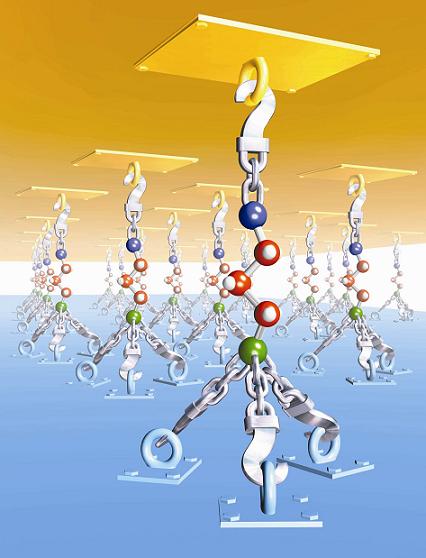The joint research was published in the journal Nature

Technion researchers, in collaboration with a group of researchers from the Rensselaer Institute of Technology (RPI) in New York State, found an original way to significantly improve the connection and adhesion between different materials. This is what the prestigious scientific journal "Nature" reveals in its latest issue.
Professor Moshe Isenberg, from the Faculty of Materials Engineering and the Russell Berry Institute for Research in Nanotechnology at the Technion, together with Professor Ganapatiraman Ramanath from RPI, found an innovative way to connect and bond by using nanometric layers. These layers are short organic chains, at each end of which there is a group of atoms that connects to the corresponding surface.
The concrete example on which the article in "Nature" is based is an original connection in microelectronics between layers of copper and silicon oxide (silica), using a nanometric layer that was inserted as a diffusion barrier, that is, to prevent the failure of the devices by the penetration of copper atoms into the active area of the devices.
The study proved that heating the array to high temperatures (up to 700 degrees Celsius), improves the adhesion capacity seven times. Since the molecules are trapped between two surfaces, the heating stabilizes the molecular layer in the desired configuration, so that adhesion is formed on each of its sides through strong chemical bonds. The improved connection using a layer of such dimensions is a scientific innovation.
The importance of discovery in microelectronics is expressed in improving the performance and increasing the reliability of computers. It is also possible to use the discovery in tiny nanometric devices that contain organic molecules and must withstand high temperatures.
The joint research was funded by the Israel-USA Binational Science Foundation, and lasted three years.

One response
This is the technology for protecting tanks.
I can't add more.